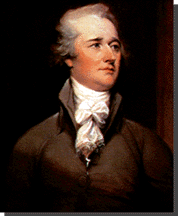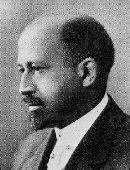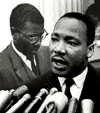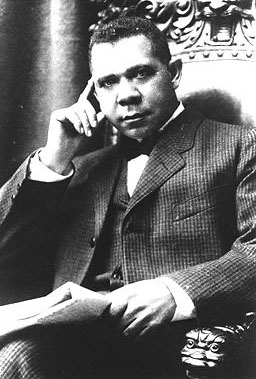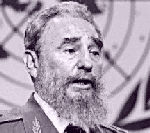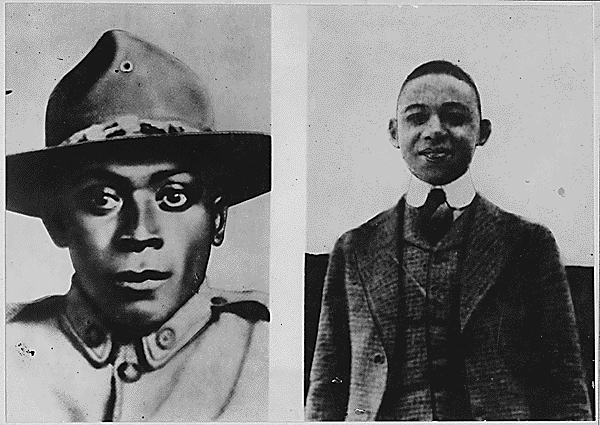HARLEM
STUDIES
A Course for Juniors at Rice High
School
74 West 124th Street,
Harlem, NY, 10027
Prepared by Brother William J. Sherlog, CFC
Introduction / Resources
/ Task / Conclusion
|
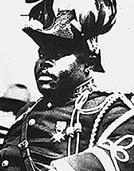
|

|
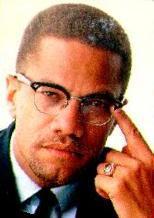
|

|
|
  
|
When your history classroom is in Harlem
you might learn more looking out the window than by reading the book!.From its settlement in 1658 until today, Harlem
may be seen as a microcosm of United
States History. Its story, more than
three hundred years old, reflects the major themes of America’s
history and celebrates the triumphs and struggles of the Black
community. So let's get started and peer through
history's windows
|

|
 
|
|
HARLEM STUDIES is
1. a general survey of Harlem’s
History
2. a celebration of Black Culture
3. a way to begin an educational dialogue with people in the community
who have expertise in this area’s local history
4. an attempt to record some valuable oral history
|
.
Touchstones for the Course
1. “ Dream Deferred “ and “ Theme
for English B “ and " Esthete in Harlem
“ and " Night Funeral in Harlem " by
Langston Hughes
2. Seven Story Mountain, Thomas
Merton, pages 333-345 a reflection on Harlem
during a visit to the Blessed Martin de Porres Center on 135th
Street in the 1930s.
3. Professor Dianne Swann-Wright, Director of
Special Programs at the Thomas Jefferson Memorial Foundation, Monticello,
Virginia
4. Cornell West, World of Ideas with Bill
Moyer
5. Frederick Douglass
6. Marcus Garvey
7. Ralph Ellison. “Invisible Man “
Student Tasks
1. Construct a timeline that parallels five events in Harlem
with other events outside of Harlem.
2. Summarize each Touchstone. How does the text reflect that Harlem's
World has an impact that goes nationwide, or worldwide?
3. Complete one brief research assignment based on a visit to the
Schomburg Library.
4. Create a video as a response to your understanding of the James Van der Zee
collection
(Van der Zee has been called the "visual voice" of the Harlem Renaissance.
His last studio was directly around the corner from Rice on 272
Lenox Ave).
5. Suggest data and websites that can be linked to this page.
HISTORICAL DATA ON THE VILLAGE
OF HARLEM
EARLY HAARLEM:On the
Dutch-Colonial Rise
1658 Peter
Stuyvesant lands in Niew Haarlem where 125th meets the East
River. Since the Dutch were slaveholders African Americans were
present in Haarlem as early as the
1600s and part of the Middle
Passage.
By 1696 present day Marcus Garvey
Park was known as Slang Burg, or
Snake Hill.
In 1776 a prelude to the Battle of Harlem Heights was the American Colonial
evacuation of Snake Hill.
Alexander
Hamilton was a Harlemite.
Emancipation Day Parade- 1827
The settlement and displacement of Blacks in Colonial
America follows the following path: from Wall Street to
Five Points Area. See African-American Burial
Ground . From Greenwich Village to
the Tenderloin District 23rd to 53rd Street. From Central Park
to Harlem.
Agrarian Harlem on the Urban Rise, Harlem
on the Upper Class Rise
By 1837 The Fourth Avenue Train, an elevated train, was going through the
"wilderness" of Harlem .It is the
original Metro North!
The 1850 fire watchtower is a landmark in present day Marcus
Garvey Park
that seems to mark the transition of Harlem from
farmland area to city life. Mount Morris
area was the suburbs, close to transportation to downtown but away from the
noise and dirt of the trains. Harlem was an exclusive
community for wealthy whites. By 1903 the NY Herald reported that the
Mount Morris Park Mansions rivaled those of downtown Fifth
Avenue. Astor Row is
found on 130th Street
between Fifth and Sixth Avenues. These homes reflect the original country farm
look of Harlem
The present day Seven
Day Adventist Church
was built in 1877 as the Dutch Reformed Church.
The Harlem Club was built in
1890.
There was a racetrack in Mt Morris Park.
HARLEM ON THE RISE FIGHTS FOR EQUALITY
White Anglo Saxon Protestants resisted the entry of Blacks
and Jews who began to appear with construction of
Second, Third and Eighth
Avenue Els in 1878 and the Lenox Ave
subway in 1900.
By 1906 The Temple of Israel was built. Today it is Mount
Olivet Baptist Church.
In the late 1800s Harlem was one of the
largest Jewish communities in the world! Koch and Blumsteins were famous
Department Stores. In these times of segregation only white females could
be "Blumstein Girls." In any socio-economic system there is an
underclass, poorer and less privileged than the upper class. As Harlem
was developing in the late 1800s one underclass would be white woman who were
filling in some of the lower paying jobs. Remember the appearance of women in
the workplace is one result of the Industrial Revolution.
The YWCA moved into this
area with the specific mission of helping white workingwomen. Their first
establishment was at 9 W 124Street where the Franciscan Handmaid Convent now
stands. In 1892 they purchased a large wooden frame house at 74
W 124th Street. Between 1893 and 1896 they erected a
six-story Brownstone In 1917 the present building (today Rice
High School) was erected. The
YWCA originally had a segregation policy. Its transformation is an
interesting case study.
HARLEM ON THE AFRICAN AMERICAN RISE
African Americans fled the South after the Civil War. The
failure of Reconstruction, the establishment of the KKK, and Jim Crow
led to the North
Migration. By 1914 50,000 blacks populated Harlem.
WWI and the stoppage of European Immigrants opened job markets. The
resurgence of the KKK gave impetus to a continued migration.
See The Birth of a Nation, 1915.
The rise in the African American population coincided with over development
of Harlem by white entrepreneurs. By 1907 four hundred
and fifty tenements were built in Central Harlem at
135street for white tenants. When whites began to pass Harlem
for the Bronx and Washington
Heights this area
was opened to black renters and buyers. Saint Philip's Church was
instrumental in negotiating the buying of these apartments. Black Harlem begins
here.
In the March 1914 March edition of Crisis; WEB Dubois,
who helped form NAACP
responds to the Harlem Property Owners Improvement Association, a white
organization designed to keep Blacks from making greater inroads to Harlem.
At this time DuBois continued to protest in "Crisis" Magazine
about 1100
lynchings. The center of the Black press was 135th Street and
Seventh Avenue. Meanwhile, 135th
Street and Lenox was noted as: Speakers'
Corner. This coalescence of African American Identity was nurtured by Arthur
Schomburg, Madame C.J.
Walker and the Dark Tower.
With poets like Claude
McKay the Harlem
Renaissance was underway. Thanks to Alain Locke's seminal
work Harlem: Mecca
of the New Negro, 1925 Harlem was on the rise!
THE FOLLOWING HISTORICAL SITES CAN
BE SEEN FROM RICE WINDOWS
B. T.
Washington speaks at what is now the Ephesus
Seven Day Adventist
Church.
1917 Marcus
Garvey at Bethel AME on 123rd
Street
1934 The Rev. John H.
Johnson, Vicar of Saint Martin's Protestant Episcopal Church, also known as
Sufi Abdul Hamid organized the "Don't Buy Where You Can't Work" Boycott
Campaign
1958 Martin
Luther King on 125 Streets
1960 Castro at the
Hotel Theresa
1964 Malcolm at Hotel
Theresa
1998
Million Youth March
CONCLUSION
Ideas of Rice Men based on the works of Langston Hughes,
Thomas Merton, and Cornel West
1. Harlem was not meant to be such an important
place, but it is.
2. Harlem is “better” than most places.
3. Harlem offers an historical environmental experience
for the US History Student.
4. If a student knows the history of Harlem and its
culture and its problems then they know of the problems that the whole USA
is facing.
5. Harlem shows every way of life in America—you
have every race, every culture and mostly every religion—the rich, the poor and
everything in between.
6. The lives of Langston Hughes, W.E.B. DuBois, and Billie Holiday are mini US
History stories.
7. Malcolm X’s speeches, the Million Youth March, and Langston Hughes
poems tell you a lot about American History
8. Harlem is a better place than what it appears to be.
9. Harlem offers a lot of history because of struggle.
It shows blacks coming out of the white man’s shadow.
 (Return to top of the page)
(Return to top of the page) 





